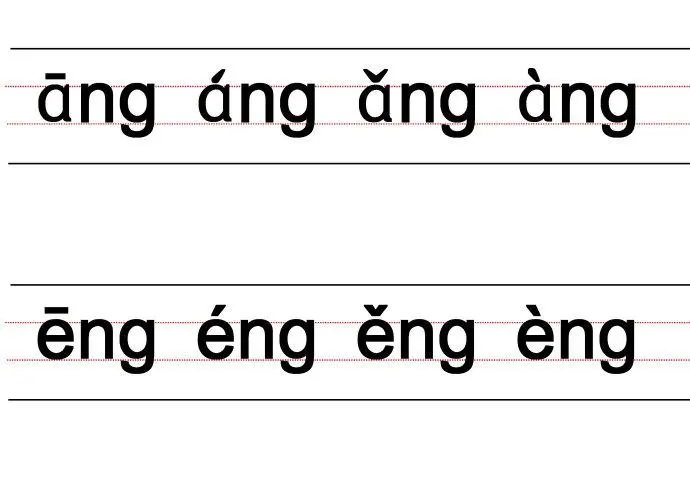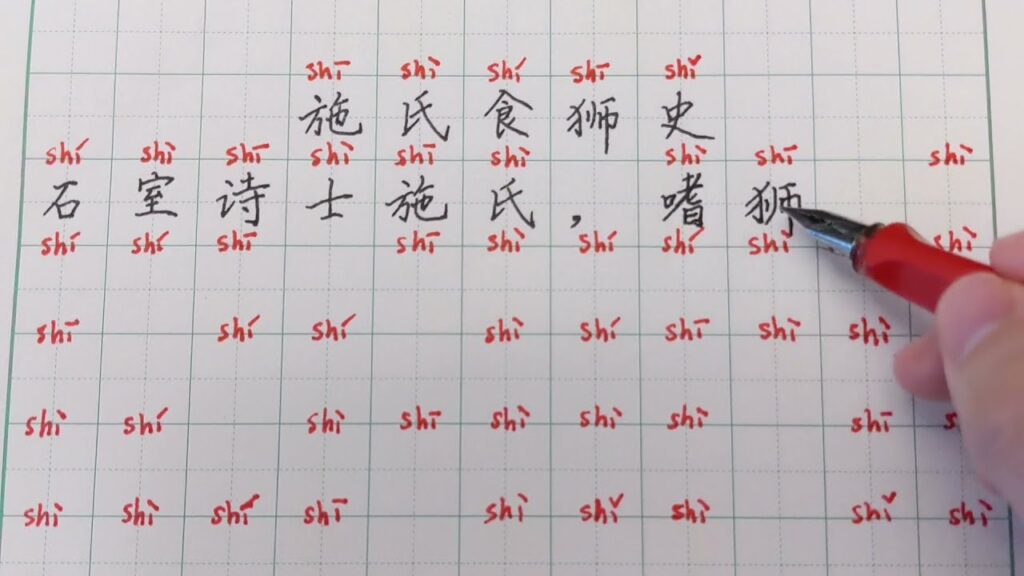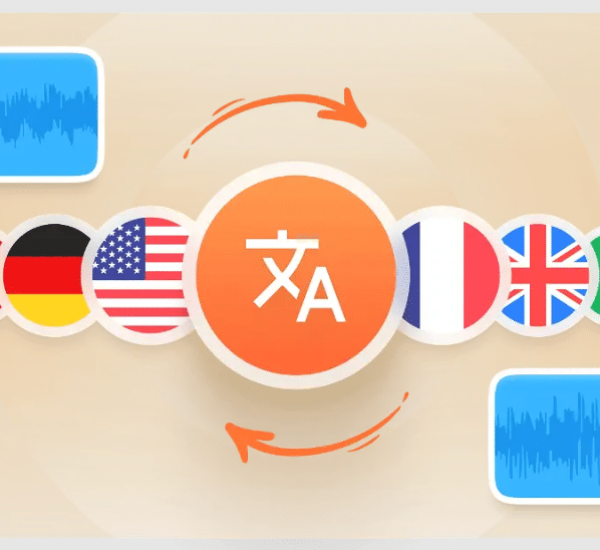Recently updated on February 21st, 2024 at 08:16 pm
Languages often have their nuances and a particularly interesting thing to notice is how the meanings alter with the changing of tones in tonal languages. They’re also very challenging to interpret for non-native speakers. The most famous and widely spoken tonal language is Chinese, which is extremely difficult to learn due to its complicated written structure and subtle variations in tones that can change the meanings of the words. And they add to extra challenges in Chinese subtitle translation. The meanings of words can change radically depending on whether the pitch is high or low in Chinese video subtitle translation.
What Are Tonal Languages?
The tone of a word is similar to the pitch of a musical note that has a specific pitch to define how low or high it is. A tonal language is a language in which tone/pitch is used to distinguish the meaning of the words. A change in the tone can result in a completely different meaning.
Non-tonal languages can also use tone to convey different meanings, for instance, English speakers can raise the tone at the end of a sentence to indicate whether it’s a question. However, English is not a tonal language. For a language to be qualified as a tonal language, the meaning of the words should be affected by the changes in tones.
In addition to Chinese, many Asian languages like Hmong, Thai and Vietnamese are also tonal, and they can have up to 7 or 8 tones. In Africa, Hausa and Maasai are two common examples of tonal languages. In South America, many pre-Columbian languages such as some Mayan dialects are tonal. When communicating in languages such as this, the tone you use is critical.

Why Are Tones Important in Mandarin?
The most widely spoken tonal language is undoubtedly Mandarin Chinese. There are four different tones in Mandarin, and the pitch tone of each syllable is essential to convey the right meaning.
- High-level
- Rising
- Falling-rising
- Falling
Using a correct tone is absolutely a must especially in video localization projects for the Chinese market. Whether you’re learning a few Mandarin sentences for tourism purposes or you’re a beginner learning to speak Mandarin, having a solid grip on the different tones is vital to conveying the right message as well as your future mastery of the language.
Examples:
《施氏食獅史》 pinyin: Shī-shì shí shī shǐ (English: “Lion-Eating Poet in the Stone Den”, literal meaning “The Story of Mr. Shi Eating Lions”)

It’s a short narrative poem written in the 1930s by the Chinese linguist Yuen Ren Chao as a linguistic demonstration of Chinese homophones.
Tonal vs. Non-Tonal Languages: Chinese vs. English
Chinese and English are perhaps the best representatives of tonal and non-tonal languages. The former is a typical tonal language with the same sounds pronounced in different tones that can lead to radical changes in meanings. On the other hand, in a typical non-tonal language like English, the tone is used to convey emotional information, nothing is about the meaning of the word.
For example:
- If you say, “Really?” then you’re asking a question.
- If you say, “REALLY!” then it shows excitement.
Different from English which has 26 letters, each letter has a sound, and those sounds combine into words, Mandarin has four basic tones and uses a character alphabet that can’t be sounded out. In Mandarin, characters are memorized. This makes it difficult for Mandarin and English speakers to learn the other’s language.
Frequently Asked Questions
What Are the Benefits of Speaking Tone Languages?
There’re many benefits of speaking a tonal language. Perhaps the most interesting part is it’s easier for tonal language speakers to identify easily what musical note a certain sound is hitting without any reference note.
A study in the US in the 2000s and another in 2012 found out that Mandarin and Cantonese speakers were more likely to possess this ability as well as have a better understanding of musical notes than non-tonal language speakers.
In addition, tonal languages are better for communication at a long distance. This is or was done using drums to replicate the tones in parts of Africa. While in parts of Central America, whistles are used
What Are the Challenges of Tonality in Chinese Subtitle Translation?
Tonal languages like Mandarin and Cantonese have completely different grammar, sentence structures, and written systems. When writing a tonal language for beginners, diacritical markings are often used to indicate the tones and avoid confusion. However, these markings are usually removed while adding Chinese subtitles to YouTube videos.
For example, the English transliterations of some Chinese words are without pinyin indicating how these words should be pronounced, and it might lead to confusion and embarrassment if the speakers aren’t mastering the language well. Therefore, the translator who is going to provide Chinese subtitle translation have to be fluent in both languages and have a solid understanding of how each language is expressed.
Are you looking for Chinese subtitle translation services? Talk to one of our experienced translation project managers and receive a customized solution.

Digital Entrepreneur and Co-Founder of Chinese Copywriter
Having lived and worked in Europe for 6 years, Ting returned to her hometown Guangzhou with the mission to help international businesses succeed in the Chinese market. With 15 years of marketing / web design background, Ting has proven records of digital marketing successes in China. Ting has been featured on diverse mainstream medias in China, including Southern TV, Sina News, Toutiao News, GRT News, etc.



